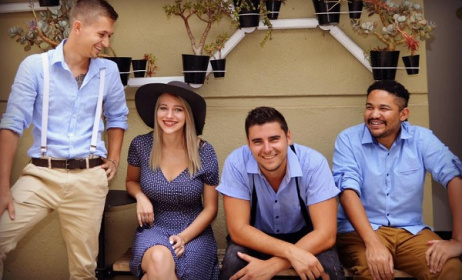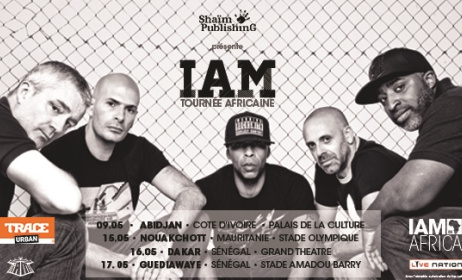Call for participation: Ingoma Competition in SA
The Playhouse Company, an agency of the Department of Sport, Arts and Culture, is inviting dance groups to participate at the 10th edition of the Ingoma Competition, which will take place at Curries Fountain Sports Development Centre in Durban, South Africa on 18 March.
 Dance groups interested in participating should arrive promptly at 9am.
Dance groups interested in participating should arrive promptly at 9am.
Dance groups interested in participating should arrive promptly at 9am. Admission is free and all are welcome.
The competition is presented in accordance with The Playhouse Company’s mandate to produce diversely equitable live productions in the fields of music, drama, and dance, throughout KwaZulu-Natal.
Launched a decade ago, the event took a two-year gap due to the COVID-19 pandemic. This year’s 10th anniversary landmark will showcase 42 Zulu dance groups, who will pit their skills against each other in a bids to take home the coveted prizes in each category.
Groups will be judged on their performances in the following seven dance style categories:
Omama Besigekle
This style was created for women, ideally married women, as an alternative to amahubo, a dance strictly for men chanting to the ancestors. Performed at weddings, isigekle is accompanied by singing, clapping and drumming, and dancers avoid raising their feet too high to show respect. Dancers wear headgear (isicholo) and traditional skirts (isidwaba). They carry small shields and knobkerries, and each group has a specific theme and costume colour scheme.
Ingoma yezinsizwa
Accompanied by singing, clapping and drumbeats, this highly exciting dance form features bare feet and traditional costumes, including a form of animal-skin apron. The dance is commonly performed during young men’s rite of passage formalities, as well as at weddings and other traditional ceremonies. It is most distinctive for the dancer having to keep a leg straight while kicking it up to reach the side of the ears. Dancers carry shields and decorated sticks.
Indlamu
Performed with small shields and sticks, this is a beguiling, striking war dance that was introduced by Shaka Zulu to psyche up his ambato (warriors) while they were being prepared for battle. Resembling a military drill with strict precision, the dance style has dancers following a specific pattern, accompanied by drums and minimal singing. A lot of showing off is highlighted, accompanied by much loud whistling, to lend encouragement to whoever is dancing at the time.
Umzansi
The history specific to umzansi dancing, as recounted by Johnny Clegg, “is that it originated around Bergville, Ndwedwe, Maphumulo and the Umvoti area of KwaZulu-Natal, it was taken up by the migrant workers around eThekwini and became very popular at the organised dance competitions that were held around the end of each year.”
Ushameni
Named after the Shameni River in Umsinga, KwaZulu-Natal, this style was formed at a time when railways were being built. It is a variation of ingoma yezinsizwa, mixed with indlamu, but with a regional flair. Dancers bend one leg during the dance to show the ankle, and they follow specific line formations, stretching their hands up high, while accompanied by singers who also clap. The dancers wear pants and vests or T-shirts, as well as traditional sandals (udabuluzwane).
Ingoma yezintombi
This colourful dance is specific to maidens. It is linked to different rite-of-passage ceremonies for young girls – such as when they reach puberty, undergo virginity tests or to celebrate lobola and weddings. The dance is accompanied by drumming, clapping and singing, and the music is highly energetic. The dancers’ costumes are traditional skirts made from colourful beads. A requirement of the dance is that legs have to be raised high.
Ingoma sikhuze
This dance, another variation of ingoma yezinsizwa, originated in the Umbumbulu region, becoming popular after the arrival of the missionaries. A pattern formation, known as isifuba, performed by more experienced dancers, is at the centre of this dance style. It is supported by isipani, referring to dancers that shadow whatever is done by isifuba: The typical costume consists of thigh-length socks with stripes and short skirts (sometimes rugby shorts). The leg is not raised very high in this dance, for which dancers carry shields and traditional sticks which are also used to create formations. Accompaniment is via song and hand clapping (ukukhwahla).
View the original call here.





















Commentaires
s'identifier or register to post comments